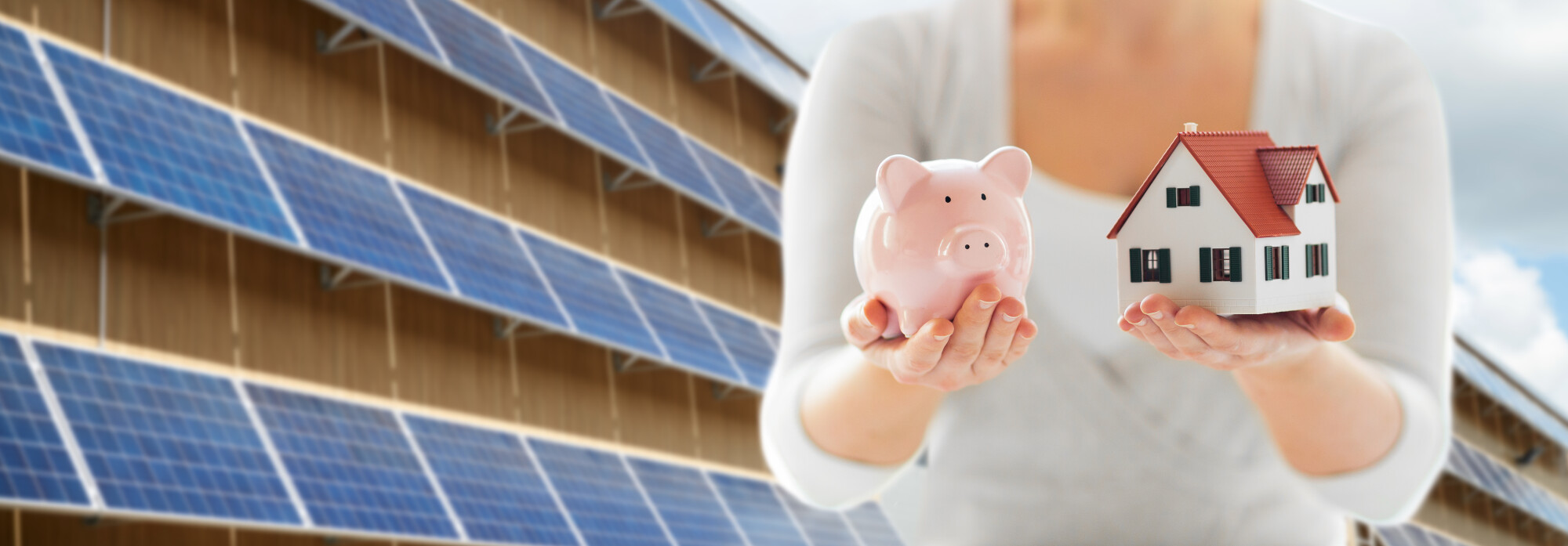Everything Homeowners Need to Know About Solar Panel Installation
Do you want to move to an eco-friendly renewable energy source?
Then the answer to your dilemma might be solar installation. Solar panel installation can help you power your home and make you feel good at the same time. But, since solar energy is still a new form of energy generation, you might be wondering what kind of challenges installing a solar panel can bring.

Don’t worry we’re here to help. This article will tell you everything you need to know about solar panel installation. Just keep reading to get the inside scoop.
What Is Solar Energy?
Solar energy is energy from the sun. It is the most abundant renewable energy source available. And you can tap it through technologies such as solar photovoltaics, solar thermal energy, and solar architecture.
The sun’s energy undergoes conversion and is used for heating, lighting, and cooling, among other tasks. You can use solar energy to power homes, businesses, vehicles, and other applications. It is an eco-friendly alternative to traditional energy sources such as coal, oil, and gas.
Solar energy is also one of the most cost-effective alternative energy sources available. This makes it a beneficial choice for countries that have limited access to other energy sources.
And solar technologies have advanced in recent years making them more efficient, cost-effective, and safer than before. This has provided access to energy in rural areas and other regions with limited or no access to electricity.
There are also further advancements in solar energy storage and implementation. Soon enough, it can become a viable source of energy for most parts of the world.
How Do Solar Panels Work?
Solar panels use the energy from the sun to generate electrical power. They accomplish this by using photovoltaic cells that absorb the sun’s energy and convert it into electricity.
Photovoltaic cells create an electric field when exposed to sunlight. This results in free elections and the creation of electric current that people can use to power appliances and electronics.
Solar panels function in modular units and are connected in what’s known as a photovoltaic array. The larger the array, the more energy that the solar panels can create.
The photovoltaic array collects the energy from the sun, then sends it to what’s known as an inverter. The inverter converts the energy into an alternating current for use in the local power grid. You can use this electricity immediately or store it in batteries.
Different Types of Solar Panels
Solar panels come in a variety of different types, each with unique features to fit different needs. The three main types of solar panels are monocrystalline, polycrystalline, and thin film.
Monocrystalline panels come from a single silicon crystal and have the highest efficiency rates of all solar panels. Polycrystalline modules compose of many silicon crystals and offer lower efficiency. Thin film solar panels have layers made from amorphous silicon and are the least efficient of all solar panels.
The Solar Panel Installation Process
An effective residential solar panel installation process begins with preparation. Before installing solar panels, you need to research the process of installation. To help you out, below is an overview of the steps of the process:
Choosing a Professional Solar Team
When selecting professionals for the solar installation process, there are certain steps involved. The first step is to gather information and ask questions to determine the requirements of installers. Understand the solar energy systems then check for references from people who have used a solar installer and check it out.
After that, create a shortlist of appropriate installers. Contact them to request free consultation and quotes. Discuss the parts of the installation process with the team and review any contracts that the team provides.
If the team has all the necessary qualifications and licenses, proceed to the next step. Lastly, ask questions about the warranties and ask for references from the team’s previous projects. This will help you make an informed decision when choosing the right team.
Identifying Site Conditions and Location Requirements
Analyzing the site location and surrounding buildings is essential to get the most out of the system. The layout of rooftops and shadows from surrounding objects will also have an impact on system performance.
You should let solar panel installers examine the roof for structural support. Through this, they can identify any outcroppings that might interfere with the panels. They must also conduct an assessment of nearby electrical wiring and conduit and ground conditions.
Finally, they must address zoning requirements to ensure any equipment complies with local laws. Identifying site conditions and location requirements is helpful in a successful solar installation.
Quality Assurance Testing for Solar Installation
Quality assurance testing is an important part of the solar installation process. It helps ensure the system will meet standards for functionality, energy efficiency, and safety. There are three main steps involved in the QA testing process.
First, inspect and audit the system. This step ensures the system has undergone installation. It makes sure that all wiring, connections, and components meet electrical codes.
Next is testing and commissioning. This step involves performing tests to make sure the system is operating right. It assures that all components are cooperating.
Finally is the analysis of performance data. This step involves collecting system performance data. And it also involves analyzing it to ensure the system is producing enough energy levels.
If needed, you can take corrective actions to resolve any matters. You cannot overlook quality assurance testing for a successful solar installation. It ensures that you have met all safety regulations and that the solar system will perform well in its life cycle.
Solar Panel Mounting and Wiring
This step begins with mounting the solar panels on a structure which could be either a roof or a ground mount. After securing the mounts, you must sever and connect the electrical wiring to the solar panel. You must also ensure that conduits are also connected to the solar panel are sealed and weatherproof to prevent water damage.
The next step is to ensure the components of the solar panel are all connected and fastened. The installer will need to then go through the necessary safety practice measurements as required by local codes.
Interconnecting Inverters and Utility Meter Installation
Interconnecting inverters and utility meter installation is a crucial part of the process. This involves connecting all the system components to the utility grid and the customer’s electrical system. This can include mounting dedicated circuit breakers and installing supplementary safety systems.
Once the new solar energy system is integrated with the utility grid, the entire solar system will generate power for the customer. Professional electricians and solar installers need to ensure that the system is set up. It should meet the utility companies’ safety requirements.
Monitoring Your System’s Performance After Installation
After installation, you will need to check the solar panels regularly. This is to ensure that they are clean and that the physical mounting structure is secure.
You will also want to check the wiring for any problems. You should conduct a detailed visual inspection of both the interior and the exterior components.
You also need to maintain proper maintenance for your solar energy system. This can include inspecting, repairing, and cleaning any electrical or wiring components. You also need to be aware of any abnormalities.
Finally, if your monitoring reveals any issues or concerns, you should report and address them. This is to mitigate any system malfunctions efficiently and effectively.
Solar Installation Costs
Solar installation costs vary depending on the size of the system, the materials used, the type of solar panels, and the labor involved. Installation costs can range from $10,000 to $30,000.
So before deciding to install solar panels, you should do your research. You need to find out the cost of installation in your area and the reliability of the installer. You need to be aware of the local incentives or rebates that may be available to you.
They should also inspect the property and estimate the amount of sunlight the property will receive. Depending on the size and layout of the premises, you may need to install extra components such as batteries or inverters.
Benefits of Solar Installation
Solar panel installation offers many benefits to homeowners. You can save money on your electric bills. And installing solar panels can help reduce pollution and provide energy independence.
On top of these, solar panels also require minimal maintenance. They do not interfere with their property’s landscape and they provide a reliable energy source. Government incentives, net metering, and leasing options also make the process more affordable.
Decide to Go Green Now
Solar panel installation is a great investment for any homeowner and goes a long way in energy efficiency and cost savings. The key is understanding the process, costs, and incentives, and selecting the right company to install the panels.
So make sure to do your research and always ask questions before making any decisions. Start your solar journey today for a greener future and a brighter tomorrow.
Did you find this article helpful? If so, check out the rest of our site for more.


